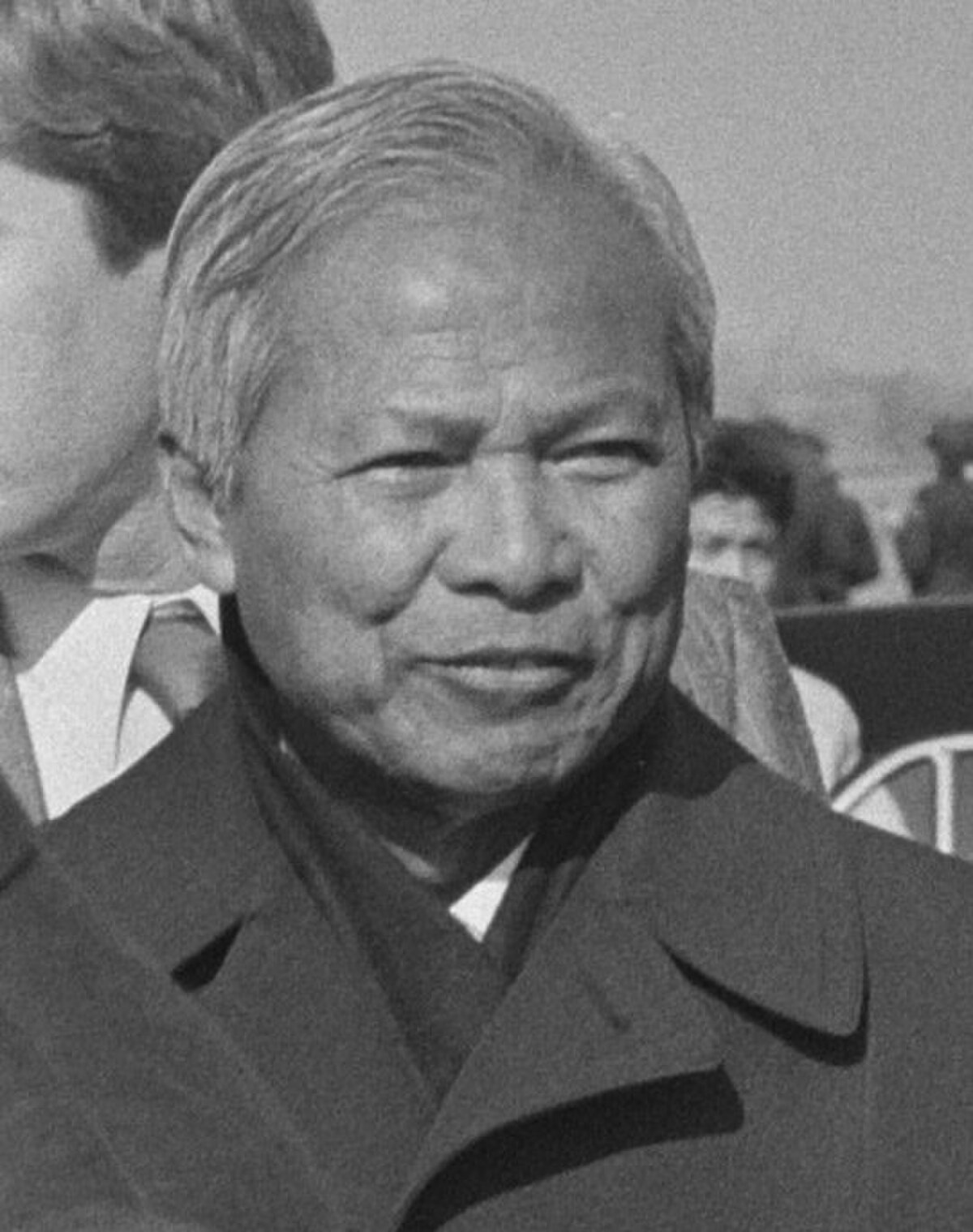
Prem Era
ThailandMuch of the 1980s saw a process of democratization overseen by King Bhumibol and Prem Tinsulanonda. The two preferred constitutional rule, and acted to put an end to violent military interventions. In April 1981 a clique of junior army officers popularly known as the "Young Turks" staged a coup attempt, taking control of Bangkok. They dissolved the National Assembly and promised sweeping social changes. But their position quickly crumbled when Prem Tinsulanonda accompanied the royal family to Khorat. With King Bhumibol's support for Prem made clear, loyalist units under the palace favourite General Arthit Kamlang-ek managed to recapture the capital in an almost bloodless counterattack..
This episode raised the prestige of the monarchy still further, and also enhanced Prem's status as a relative moderate. A compromise was therefore reached. The insurgency ended and most of the ex-student guerillas returned to Bangkok under an amnesty. In December 1982, the Thai army Commander in Chief accepted flag of the Communist Party of Thailand at a widely publicized ceremony held in Banbak. Here, communist fighters and their supporters handed in their weapons and swore allegiance to the government. Prem declared the armed struggle over.[74] The army returned to its barracks, and yet another constitution was promulgated, creating an appointed Senate to balance the popularly elected National Assembly.
Prem was also the beneficiary of the accelerating economic revolution which was sweeping south-east Asia. After the recession of the mid-1970s, economic growth took off. For the first time Thailand became a significant industrial power, and manufactured goods such as computer parts, textiles and footwear overtook rice, rubber and tin as Thailand's leading exports. With the end of the Indochina wars and the insurgency, tourism developed rapidly and became a major earner. The urban population continued to grow rapidly, but overall population growth began to decline, leading to a rise in living standards even in rural areas, although the Isaan continued to lag behind. While Thailand did not grow as fast as the "Four Asian Tigers," (namely Taiwan, South Korea, Hong Kong and Singapore) it achieved sustained growth, reaching an estimated $7100 GDP per capita (PPP) by 1990, approximately double its 1980 average.[75]
Prem held office for eight years, surviving another coup in 1985 and two more general elections in 1983 and 1986, and remained personally popular, but the revival of democratic politics led to a demand for a more adventurous leader. In 1988 fresh elections brought former General Chatichai Choonhavan to power. Prem rejected the invitation offered by major political parties for the third term of premiership.
